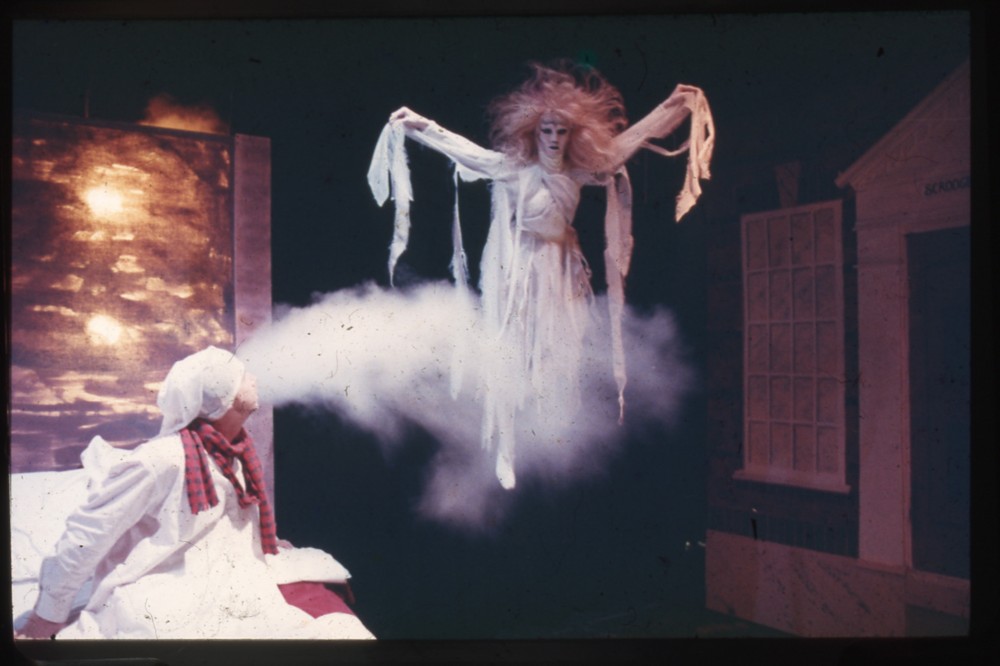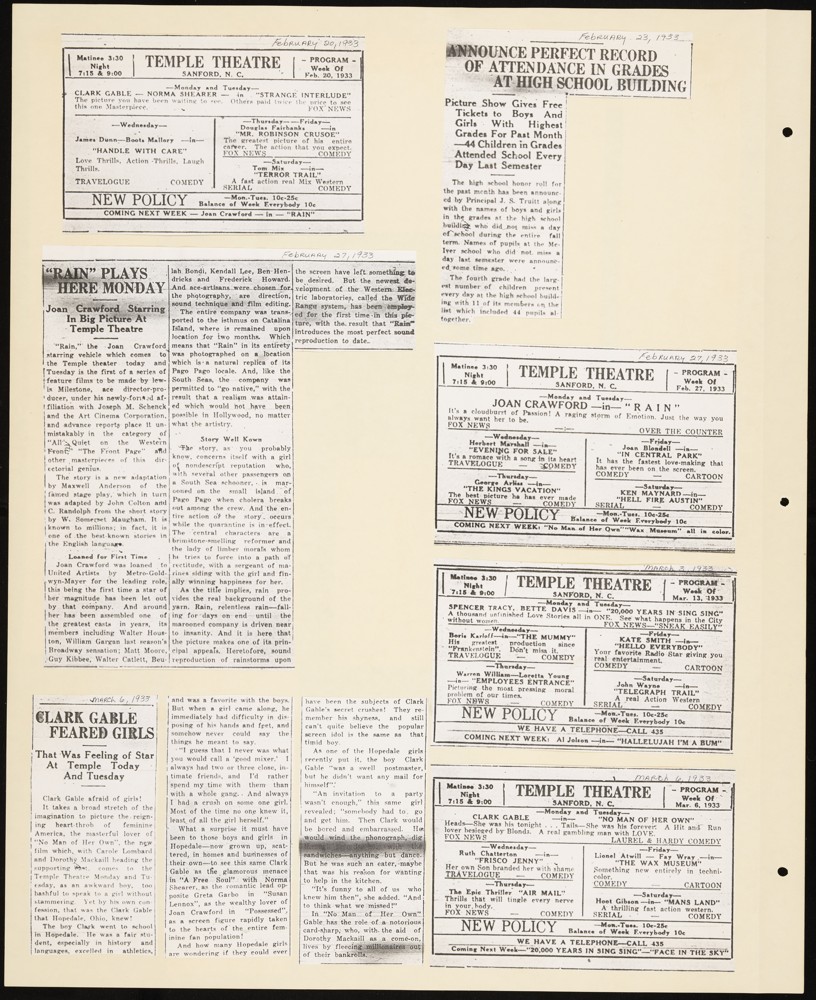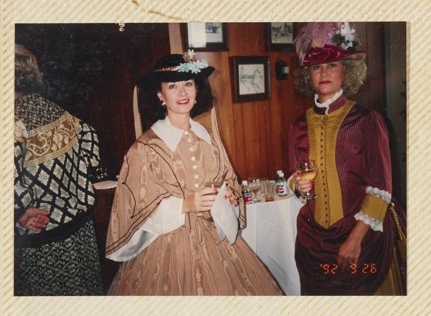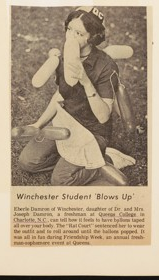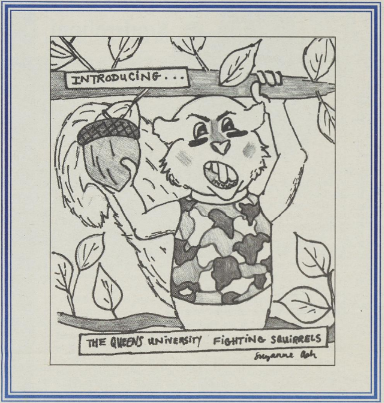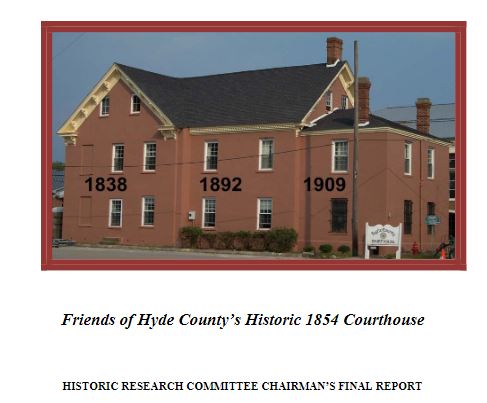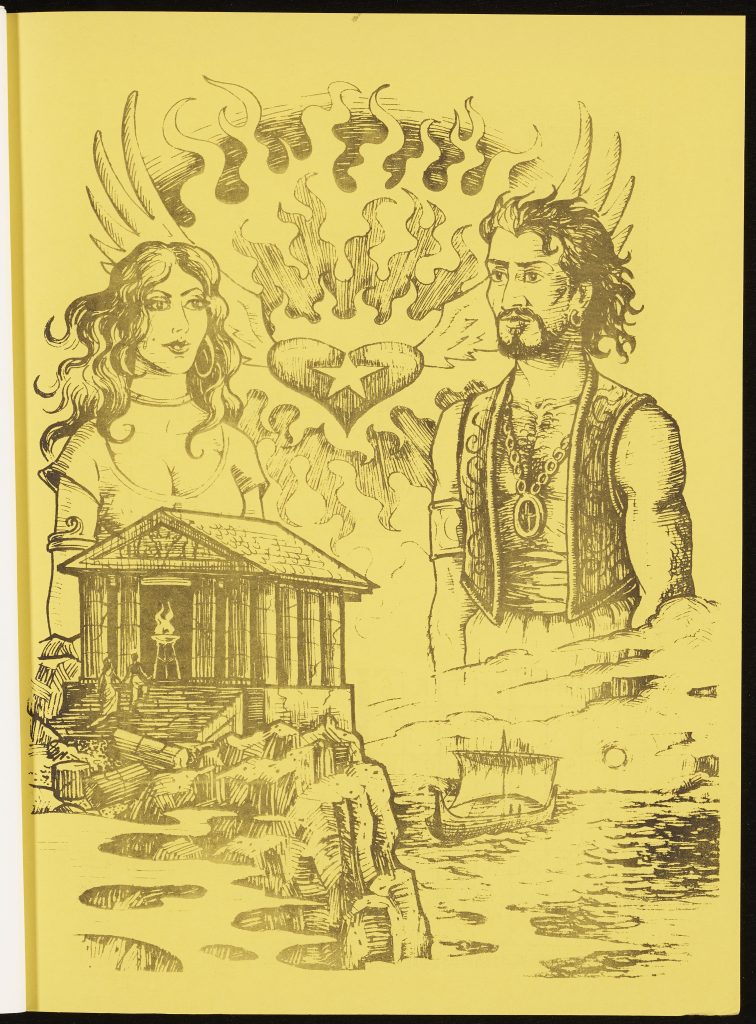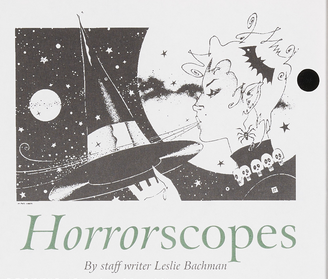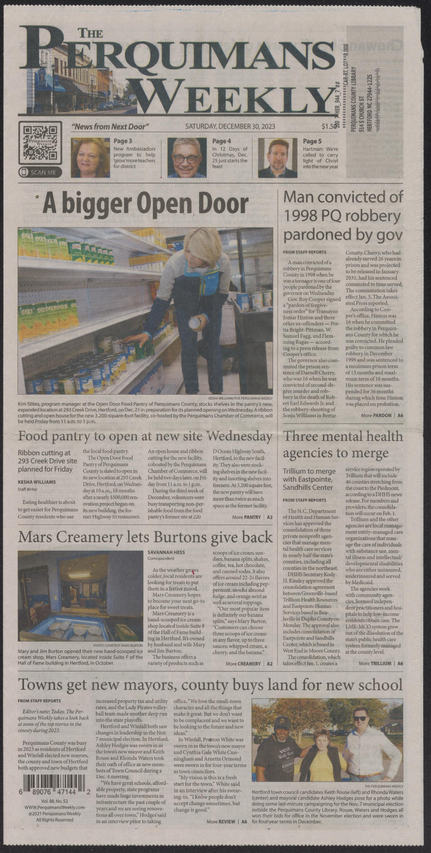Thanks to our new partners at the W. B. Wicker Alumni, DigitalNC is proud to announce that records from the W. B. Wicker School are available online! They also hold the distinction of being our 350th partner at NCDHC! This new collection includes both yearbooks from the school, and paper records published by the school during its operation. Originally named the Lee County Training School, the W. B. Wicker School was founded in 1927, and is one of the oldest educational institutions in Lee County. The school was constructed in part with funds from The Rosenwald Fund. For years, the school was one of the only ways for Lee County’s African-American students to receive a public education in years dominated by Jim Crow legislation and segregation. In the 1960s the school was renamed W. B. Wicker School as a way to honor W. B. Wicker, the school’s longtime popular principal and primary supporter. The school was decommissioned as a high school in 1969 as part of integration efforts for the Lee County schools. Today the building serves as an elementary school for Lee County.
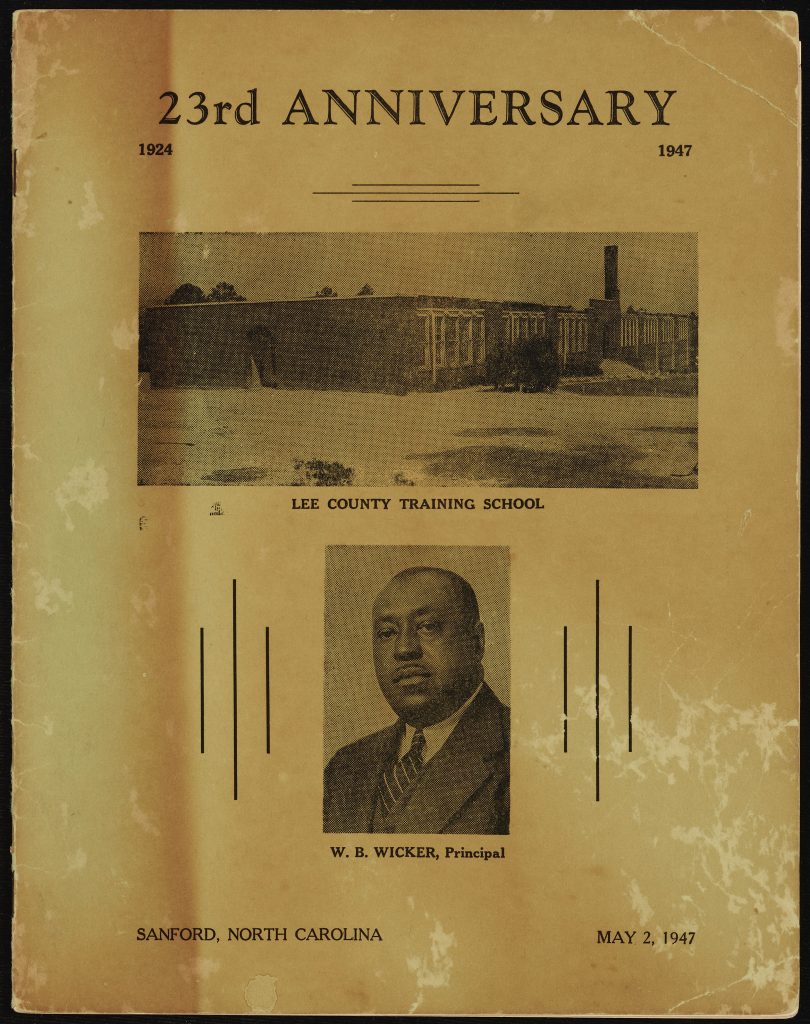
This batch includes a program from the 23rd anniversary of the school, a bulletin from Sanford City Schools, and a booklet advertising the campus’ recent renovations in the twenty-first century. Each record embodies a different aspect of the campus’ history — from its operation by W. B. Wicker in the 1940s, to its status as a national historic landmark in the twenty-first century. A highlight of this batch is “the bulletin of the Sanford City Schools,” which features a front-page story of W. B. Wicker as a place “where excellence is traditional.” The bulletin features stories on the school’s administrative growth, with the school gaining a new librarian, secretary, and full-time assistant principal. Many of the teachers and faculty-members working at W. B. Wicker went to the school as students, or in the case of then-principal Benjamin T. Bullock, worked as a teacher for sixteen years before becoming W. B. Wicker’s successor as principal. Dedication and commitment to the school’s purpose as a space for education are apparent in each of these stories, and readers gain a deeper sense of the importance schools like W. B. Wicker played in their communities.
You can read these new materials online now at DigitalNC here. Thanks again to our amazing new partners at the W. B. Wicker School Alumni for making these records available and our partners at Lee County Libraries for connecting us. If you’re interested in learning more about our new partners, you can visit their new partner page online at DigitalNC here.


